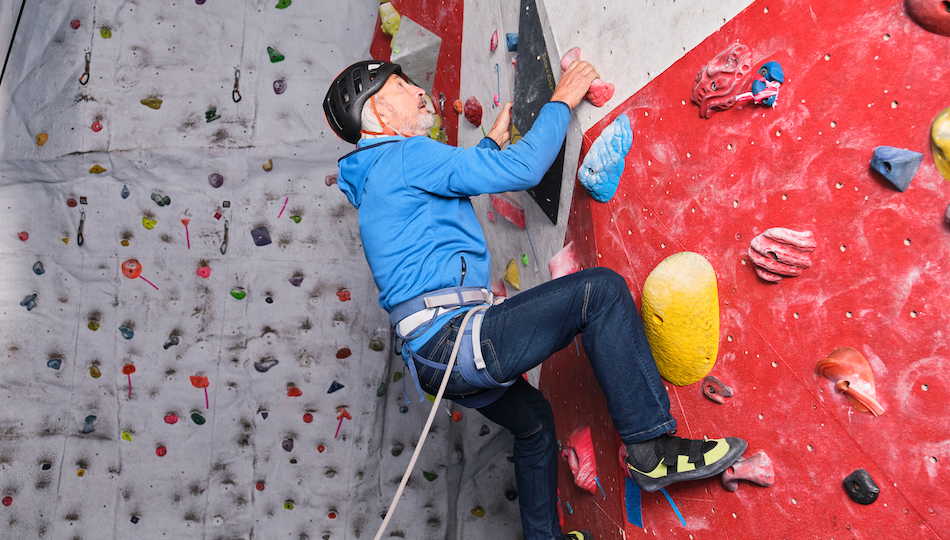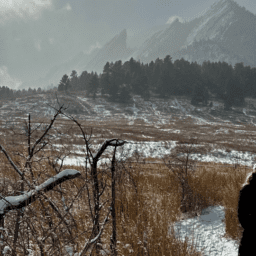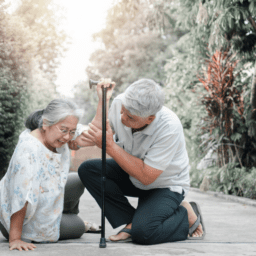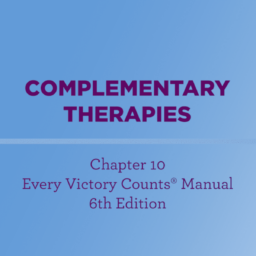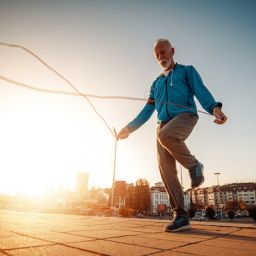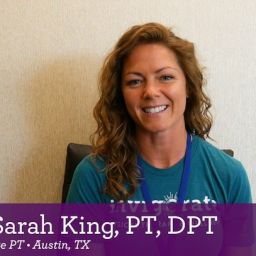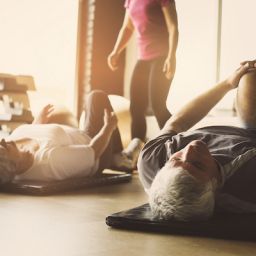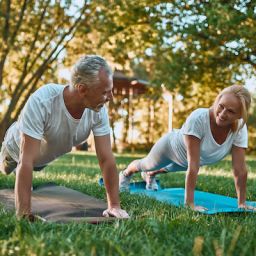Parkinson’s can affect your balance, muscular endurance, and concentration, so it may sound counter-intuitive to think of rock climbing as a good way for people with Parkinson’s to exercise. Nevertheless, a 2021 study found that climbing was feasible, safe, and beneficial for people with Parkinson’s.
In particular, the study team found that climbing improved bradykinesia, tremor, and rigidity. While the study does not explain why these improvements occurred, climbing has a lot in common with other types of exercise beneficial for people with Parkinson’s. For example, climbing is an aerobic activity. It involves moving the whole body in both large motions—when you reach for the next secure position on the wall—and small, finer motions—when you have to precisely position your hands or maintain foot contact against the wall. Moreover, climbing also challenges planning and coordination.
Notably, in the 2021 study, no significant adverse events occurred. Given that falls can be common even on the ground for people with Parkinson’s, this might sound surprising, but there are safety systems in place in controlled climbing environments that minimize the risks of falling.
The most effective safety system in climbing is the harness and belay system. In a top-rope belay system, a rope is fed through a permanent anchor at the top of the wall. One end of this rope is connected to the climber, and the other is connected to the climber’s partner on the ground. The partner on the ground serves as a counterweight in case the climber needs to rest or happens to fall off the wall. Often, in a top-rope belay system, a person who falls off the wall drops very little. Some indoor gyms have an alternative belay system called an auto-belay. This system is designed to slowly lower a climber down from a wall if they fall off.
Increasing Opportunities for People with Parkinson’s to Climb
Groups like UpENDing Parkinson’s have been getting people with Parkinson’s up on indoor and outdoor climbing walls for years, and more opportunities for people with Parkinson’s to climb are cropping up. For example, Destination Rehab, a nonprofit physical therapy group in Bend, Oregon, that works exclusively with people living with Parkinson’s and other neurological conditions, offers individual climbing sessions as a therapeutic intervention.
Barbara Sutton, Destination Rehab’s Clinic and Program Assistant, says,
“Many people who climb with us report feeling empowered and not thinking that climbing was within their ability. Climbing makes people push themselves and allows them to accomplish things they never thought they could do. It has been cool to watch those who have never climbed before gain more confidence in their abilities both on and off the wall.”
When asked why climbing is beneficial for people with Parkinson’s, Carol-Ann Nelson, DPT, Board Certified Specialist in Neurologic Physical Therapy, and founder of Destination Rehab, says,
“People with Parkinson’s often experience limitations to their physical mobility, including reduced movement amplitude, which means that when someone is stepping or reaching, they may fall short of their target. Therapeutic/rehab techniques that have proven helpful in this situation include external cueing, where there is a visual or audible target. Rock climbing is an excellent way to provide external cues and immediate feedback. The rocks offer clear targets, and it is quickly apparent if someone does not reach far enough to grasp the rock with their hands or feet.”
Nelson and the Destination Rehab team also like climbing as a therapy for people with Parkinson’s because climbing encourages increased body rotation, which can improve general mobility, increase stability, and help prevent falls while walking. Nelson says that “climbing promotes body and trunk rotation, diagonal movement patterns, weight shifting, and forces a dissociation of the upper and lower body when the climber moves on the wall. People with Parkinson’s often become stiff throughout their body, and they may have difficulty moving each segment of their body separately from the whole. Rock climbing forces single limb movement in various directions, as well as turning and twisting to reach difficult rocks and angles.”
Now, thanks to grant funding from Les Schwab and the Autzen Foundation, Destination Rehab is piloting a group climbing program to get more people climbing, build community, and explore whether group climbing conveys additional social, cognitive, and other dynamic benefits. Sutton, who is the team leader and coordinator for Destination Rehab’s climbing programs, offers the following description of the new program:
“The group climbing program connects participants with neurologic diagnoses and gives them a safe space to try a new activity and get out of their comfort zone with people who are going through similar things. One goal of the group climbing program is to provide participants with basic climbing knowledge and techniques with the hope of increasing their confidence and empowering them to incorporate climbing into their lives outside of Destination Rehab.”
Moreover, Nelson, who founded Destination Rehab in 2016, observes that “climbing promotes problem-solving; as a person becomes a more experienced climber, they learn techniques such as ‘reading the route’ to plan an energy-efficient strategy for climbing the wall.” This experience may be amplified and accelerated when people climb together as a group and work to develop strategies together.
There is excellent outdoor climbing around Bend, but for this group climbing program, the Destination Rehab team chose to climb at an indoor gym to help people sensitive to fluctuating temperatures and make the most of an opportunity to partner with the staff at Bend Rock Gym. Moreover, Sutton, a long-time climber, notes that “the routes and climbing holds in indoor climbing can be changed to accommodate various ability levels, whereas the holds in outdoor climbing are fixed and tend to be smaller and more difficult to grip and keep your feet on.”
Though they’re starting indoors, the team at Destination Rehab hopes that participants will also want to try outdoor climbing. “Climbing outdoors shares similar benefits to climbing indoors,” Sutton says. “We’d love to get people climbing outside. Climbing outdoors can be more challenging and require a climber to incorporate more mindfulness into the movements. There is something about climbing a natural rock formation or a cliff outside that can make it feel even more empowering.”
How You Can Try Climbing
If your local area doesn’t have a climbing program for people with Parkinson’s, many local climbing gyms offer group intro-to-climbing sessions, and most offer individual instruction. A directory of climbing gyms is available here.
You can also check with organizations that support adaptive climbing, like Paradox Sports and the Adaptive Climbing Group. Alternatively, you can check with the Academy of Neurologic Physical Therapy to connect with a physical therapist in your area who can help you get started.
Another possibility is to plan to visit with the Destination Rehab team in Central Oregon as a part of their Vacation with a Purpose program.
Information about Other Parkinson’s Climbing Programs
Santa Cruz: Climbing out of Parkinson’s
Climbing Class Helps Overcome Obstacles
Parkinson’s Support Center of Northern Nevada
Climbing for Parkinson’s in the UK
Further Information and Trial Reports
Climb up! Head up! Climbing Improves Posture in Parkinson’s
Brain Training
Indoor Climbing Coaching and Parkinson’s: A Case Study
Therapeutic Climbing in Parkinson’s
WANT MORE PRACTICAL ARTICLES LIKE THIS?
You can learn much more about living well with Parkinson’s today through our Every Victory Counts® suite of resources. Each manual is packed with up-to-date information about everything Parkinson’s. Click the link below to reserve your manual(s).
Thank you to our 2023 Peak Partners, Amneal, Kyowa Kirin, and Sunovion, and our Every Victory Counts Gold Sponsor, AbbVie Grants, for their ongoing support of these must-have manuals. Additionally, we’d like to thank Barbara and Dale Ankenman, Abby and Ken Dawkins, Bonnie Gibbons, Gail Gitin in loving memory of Gene Gitin, Irwin Narter, and Lorraine and J Wilson for their generous donations that allow us to make these resources available and free to all.


